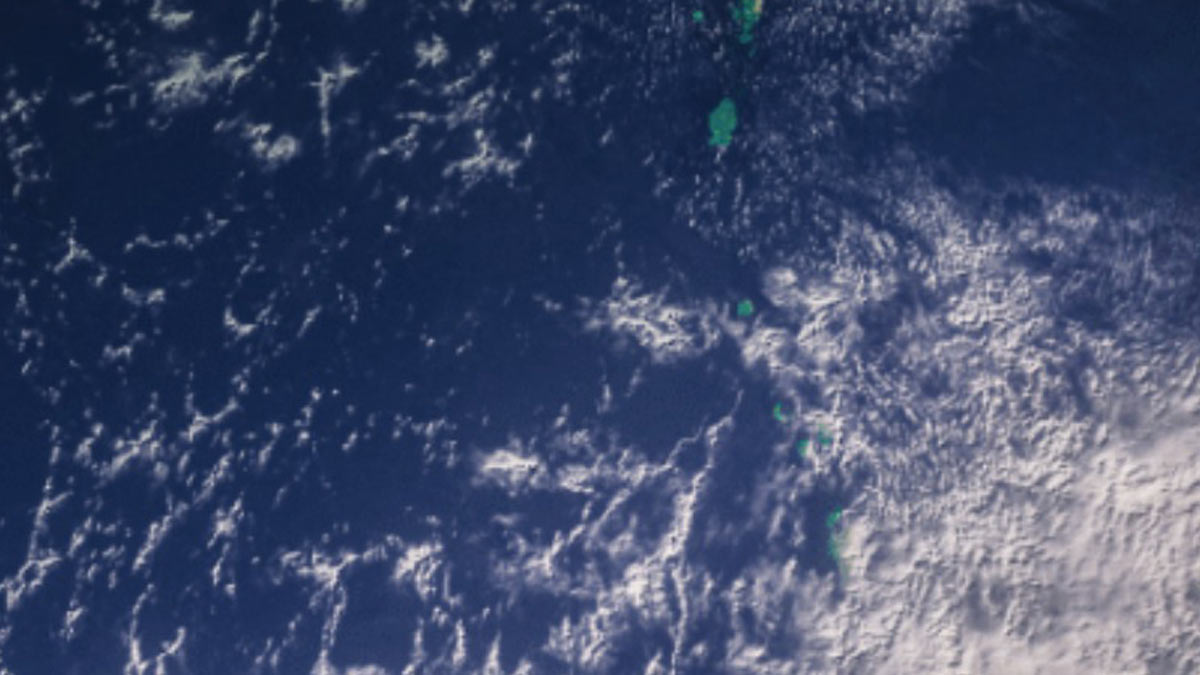What was the Chinese ship doing in Bay of Bengal on 'dark mode'? Indian Navy reacts

After a French maritime intelligence firm flagged the presence of a "hidden" Chinese vessel in the Bay of Bengal for several days, the Indian Navy clarified that it keeps track of every vessel in its areas of interest.
The report by Unseenlabs, a French company specialising in space-based radio-frequency (RF) detection for maritime surveillance and domain awareness, observed that the Chinese research vessel, which went on 'dark mode' after switching off its automatic identification system—an automated tracking and identification system which is used on ships and by vessel traffic services to increase maritime safety and efficiency—operated covertly near Indian territorial waters.
"A Chinese research vessel went dark in the Bay of Bengal...
...but our RF satellites picked it up.
16 days of tracking, 1,897 RF emitters… and one vessel stood out," a tweet by Unseenlabs said.
Although it was on dark mode, Unseenlabs traced the ship's RF signature and monitored its movement for days. Unseenlabs relied solely on RF emissions to document the presence and behaviour of the ship and establish its route and identify instances of proximity to strategic maritime zones.
ALSO READ: Chinese weapons, fighter jets will continue to dominate Pakistan's arsenal: Expert
The vessel could possibly be engaged in sensitive missions such as seabed mapping, acoustic environment analysis, and identifying potential submarine routes, the Unseenlabs report suggested.
According to the report, the activities of the ship could be linked the broader strategic objectives of Beijing.
“Based on these observations, we suspect that this prominent Chinese research vessel was likely operating with strategic intent. Its presence in the Bay of Bengal aligns with China’s wider efforts to expand its maritime footprint and improve undersea domain awareness far from its own coastline. The vessel’s activity appears to support objectives beyond scientific observation, including seafloor mapping, acoustic environment analysis, and the identification of submarine transit corridors—missions commonly linked to surveillance operations, anti-submarine warfare readiness, and future seabed infrastructure deployment,” the report read.
When THE WEEK reached out to the Indian Navy, the force said it has “various ways and means of establishing a comprehensive maritime domain. It keeps track of transiting vessels, warships and other crafts in areas of interest.”
—With inputs from Sanjib Kr Baruah
Defence